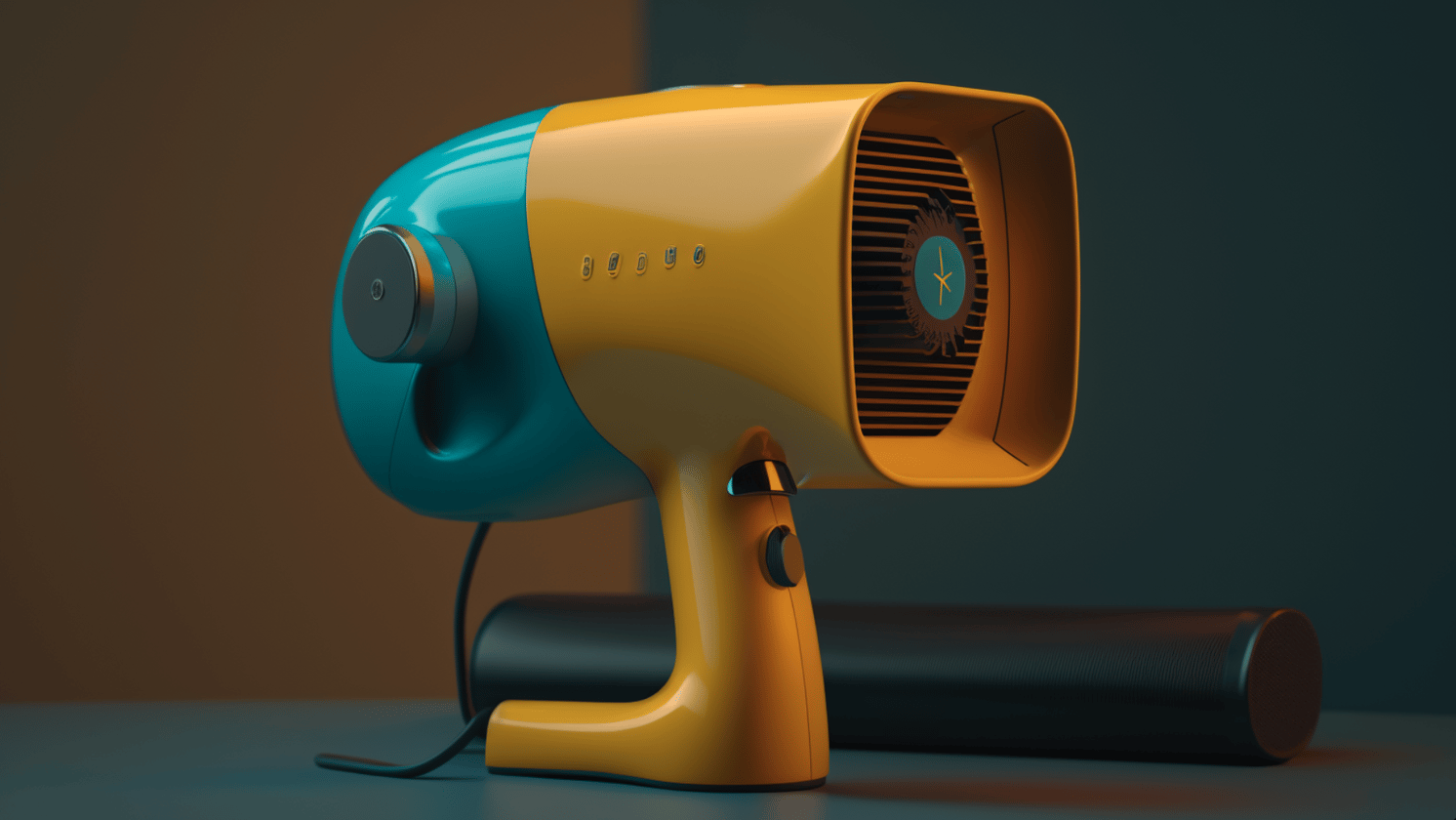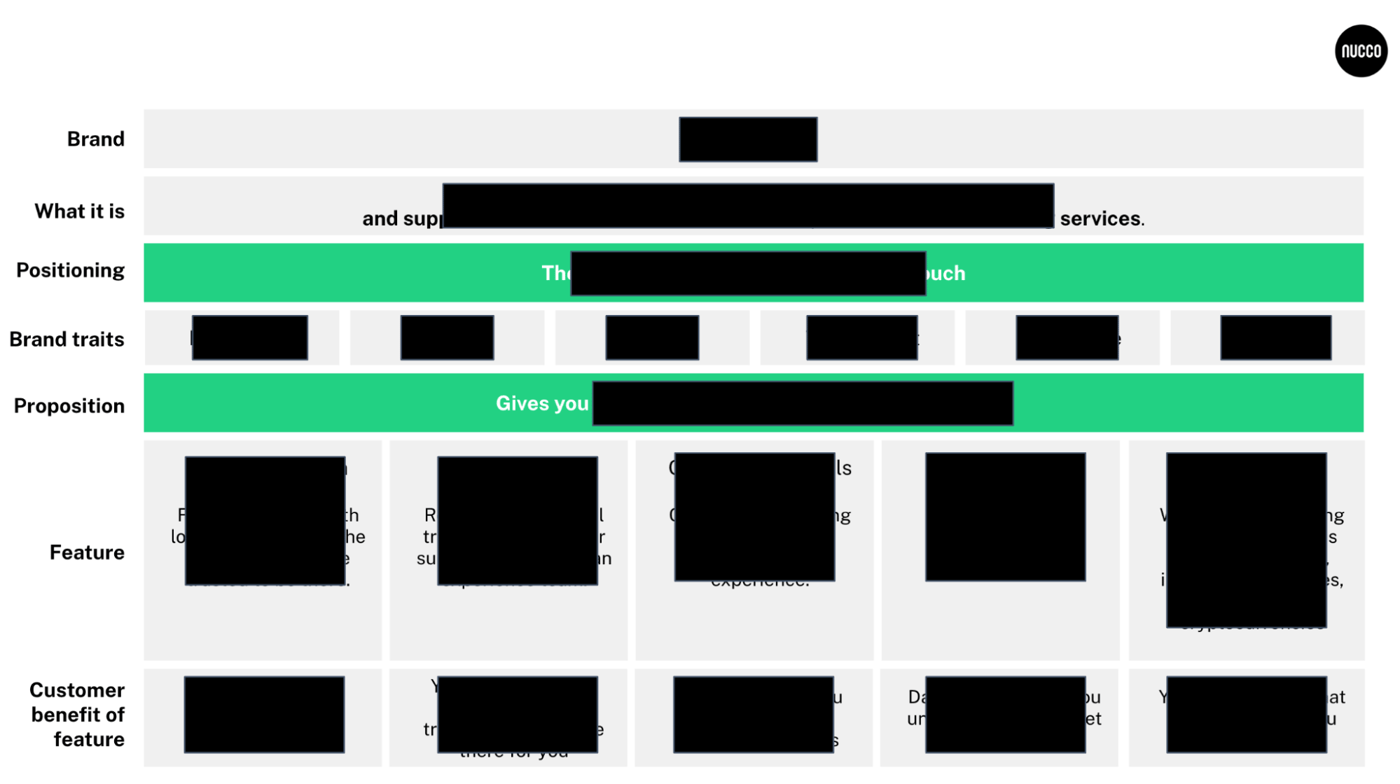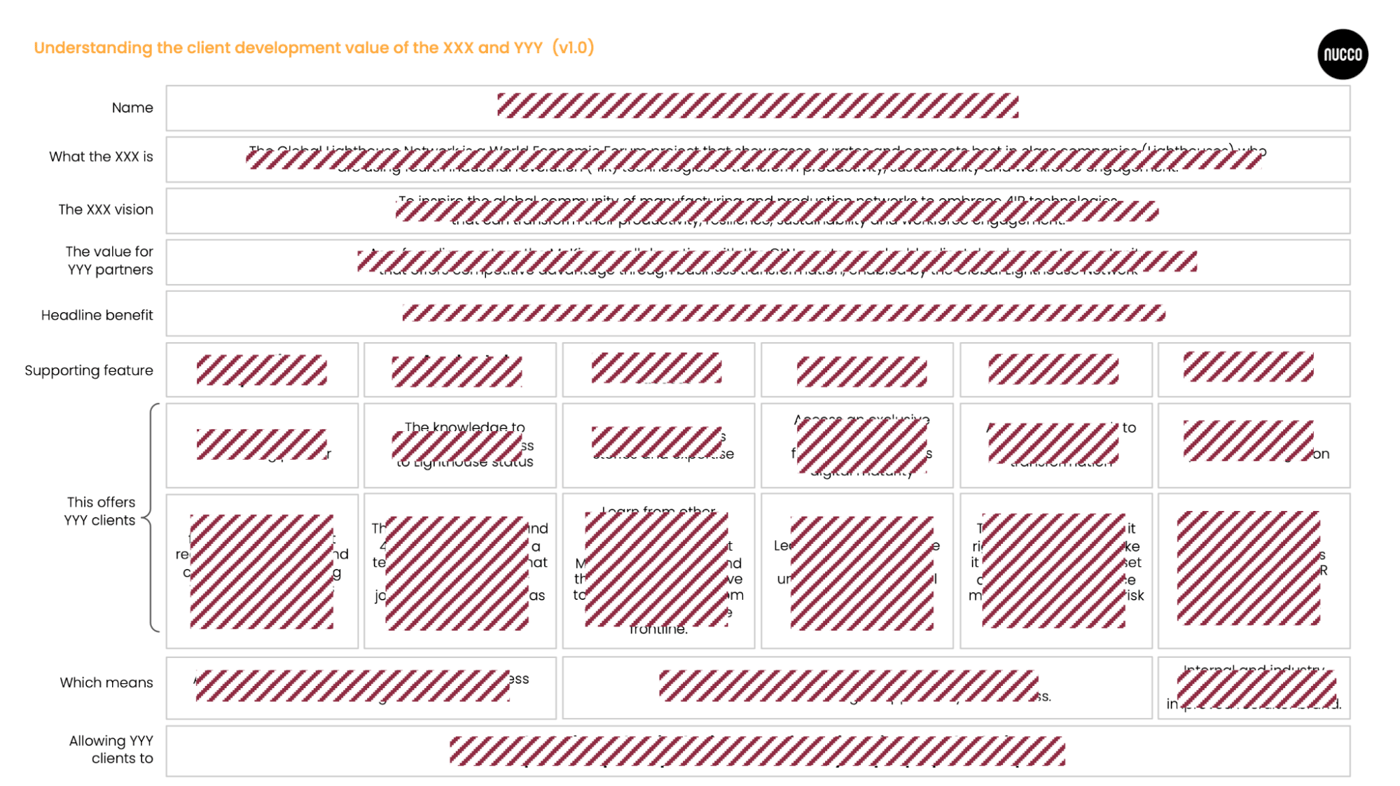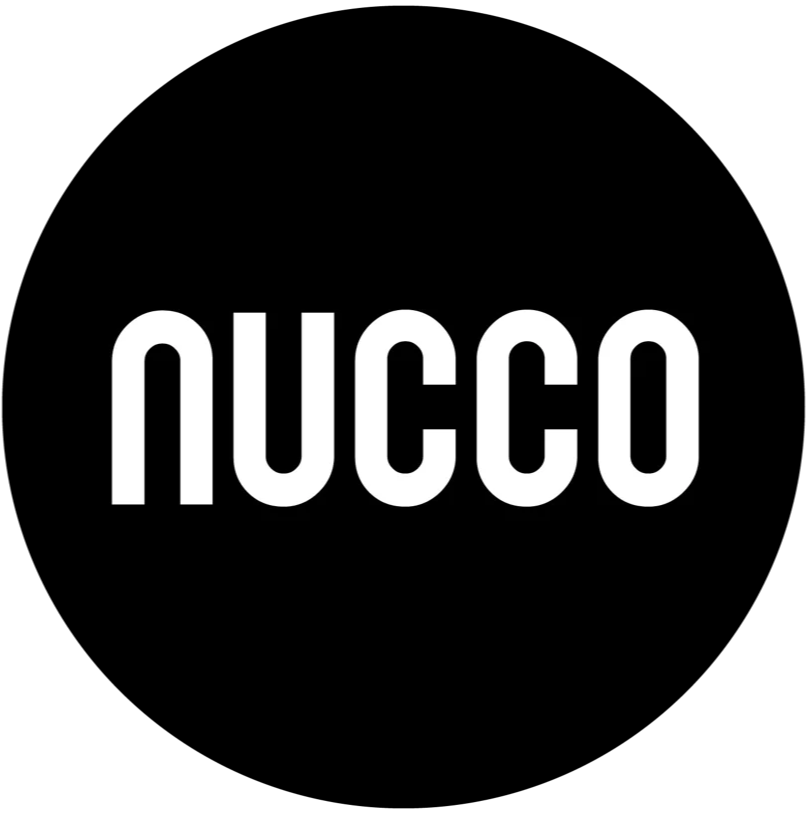S1E3: STRATEGY AND PLANNING GUIDE: IS THE BRAND OR PRODUCT CLEAR?

Do you understand the brand or product?
By Mark Iremonger, MD & Strategy Partner at Nucco, a UNIT9 company. In previous lives, Mark has been MD of UNIT9, the Head of Digital and Head of Planning at BBDO’s Proximity London, the Chief Strategy Officer, and then CEO at the Hearst Corporation’s iCrossing. Agency strategic lead for P&G, Allianz, Lloyds Banking Group, Royal Mail, J&J and Aviva. Mark has been a member of the British Council’s Creative Industries Advisory Panel, a Vice Chair of BIMA, a member of D&AD, and a board member of Wired Sussex, which promotes digital creativity, innovation and growth.
Episode 3 of this series clarifies some aspects of strategy and planning as it applies to marketing communications. It is helpful to marketers who want to understand the planning process better or make their communications more effective.
In this episode, I will take a look at brand and product. Once you have clarified your objective, you need to define what it is your campaign will be representing.
Is the brand or product clear?
This information needs to come from your client. As a planner, your job is generally an exercise in clarification and organisation. Start by building a framework, and take the time to block one out from the information your client supplies or from their publicly available content, e.g. their website.
Brand and product frameworks come in many styles; there is no perfect one. The following are examples you can use as a starting point:


The main elements here are:
Brand or name:
As it says on the tin, if the brief includes developing and name/logo/brand, then leave this blank and complete the rest of the exercise, the framework becomes the key element of briefing creative.
What it is:
Summarise what the brand or product is in its simplest form as a statement of fact. For example, here’s a fictional start-up financial services company called Ruber. It is ‘A member-based financial services business that offers low-cost loans to individuals’.
Vision or higher purpose:
An expression of the brand or product’s ultimate reason for existing, expressed through the end benefit.
Continuing the Ruber example, the vision might be to ‘Help people achieve their ambitions’ through access to fair financial services. These statements work best if you can add the words ‘[BRAND/PRODUCT] exists to…’ at the front to make an active statement.
Positioning:
It can be useful to consider including a statement about where in a market the brand/product sits, or how it is represented to a particular audience. In terms of keeping things simple if you can integrate this into 'what it is' it helps keep things simple.
Mission:
When looking at a brand, rather than a product, It can be helpful to define a statement about how the business achieves its vision. For Ruber, this could be ‘Harnesses community power to provide fair funding’.
Headline benefit, value or proposition:
A proposition should be expressed as a benefit to the audience directed at. So, for example, it could be ‘achieve your ambitions with fair finance from XXX’
Supporting features, traits or RTBs:
RTB stands for ‘Reason to Believe’, which can also be considered features. What are the key elements of the business or product that make it unique, define it or are central to the offer. Ruber examples might include ‘Community Funded’, ‘Responsive Customer Service’, ‘Community Backed’ etc.
Clients can often gravitate towards generic features like ‘Innovative’ and ‘Service Focused’ or aspirational ones that speak more to what they would like the brand to be, your job is to push back against these to unearth the real features that define the brand or product.
Four or five features give you more flexibility in concept development and messaging. Only include features that are supported by a solid explanation or evidence statement. Keep features down to a single digit number, if you find there are only three, but they are a ‘real three’, this is better than a long list because it will guide creative concept development and messaging.
Feature explanation or evidence:
This is a longer expression of why the brand can claim the RTBs. It might be that if ‘Innovation’ is a feature, it would need to be backed by a statement like ‘Rubo invests x8 times more in product innovation than its industry benchmark and has a dedicated team that collaborates with members to develop our product’. If you cannot make a solid evidence statement, you do not have a credible feature.
Benefit or explanation e.g. ‘Which means’:
A concise description of the feature's benefit to your audience. It can be helpful to think of short and longform versions. This is a key part of simplifying the brand or product to identify the most important aspects of a brand.
Here are two examples of how features can be laid out in the framework.
| Supporting feature | Recognition |
|
This offers you (short) |
Corporate and personal recognition. |
|
This offers you (long) |
Be recognised as a market and business leader in applying XXX technologies to transform business. |
|
Which means |
Internal and industry recognition, and an improved recruiter brand. |
| Feature (Short) | Trusted Platform |
| Feature (Long) | Founded in 1965 with loyal clients across the world, XXX can be trusted to be there. |
| Customer feature or benefit | Your money is safe. |
When you combine these, you should end up with a framework that looks like either of the redacted ones above.
Some other comments to keep in mind:
Avoid embellishment. Clients often react to brand or product frameworks as if it contains customer-facing words. This is not the case at all; the framework is structural. It is a foundation for creativity that will lead to customer-facing ideas and words. Try to focus on the big picture of themes in the framework.
Active brevity. Keep the language in the active tense. Avoid using ‘ing’ words. Cut out any superlatives and be merciless with words; prune everything not essential to meaning.
Keep it simple. Client briefs and the shared information that accompany them can be overwhelming. The framework's purpose is to define and organise the most important elements, not to be comprehensive. Behind every high-level framework, there is usually a ton of additional/supporting information.
Get it signed off. Make sure your client buys into and signs off on the framework as it will become a vital planning tool as the project progresses.
As the project progresses, the brand or product framework will become a key document that can be used as a reference point for creative development and planning messaging frameworks.
Once you have your framework in place, you can take the next step, which is to understand the audience you are communicating with.
If you missed S1E2: Strategy and Planning Guide: Is the objective clear? you can view it here.
I hope you enjoy the series, please feel free to message me directly with your thoughts and comments at mark.iremonger@nuccobrain.com
The next article in this series is S1E4: Understanding audience and insight.


